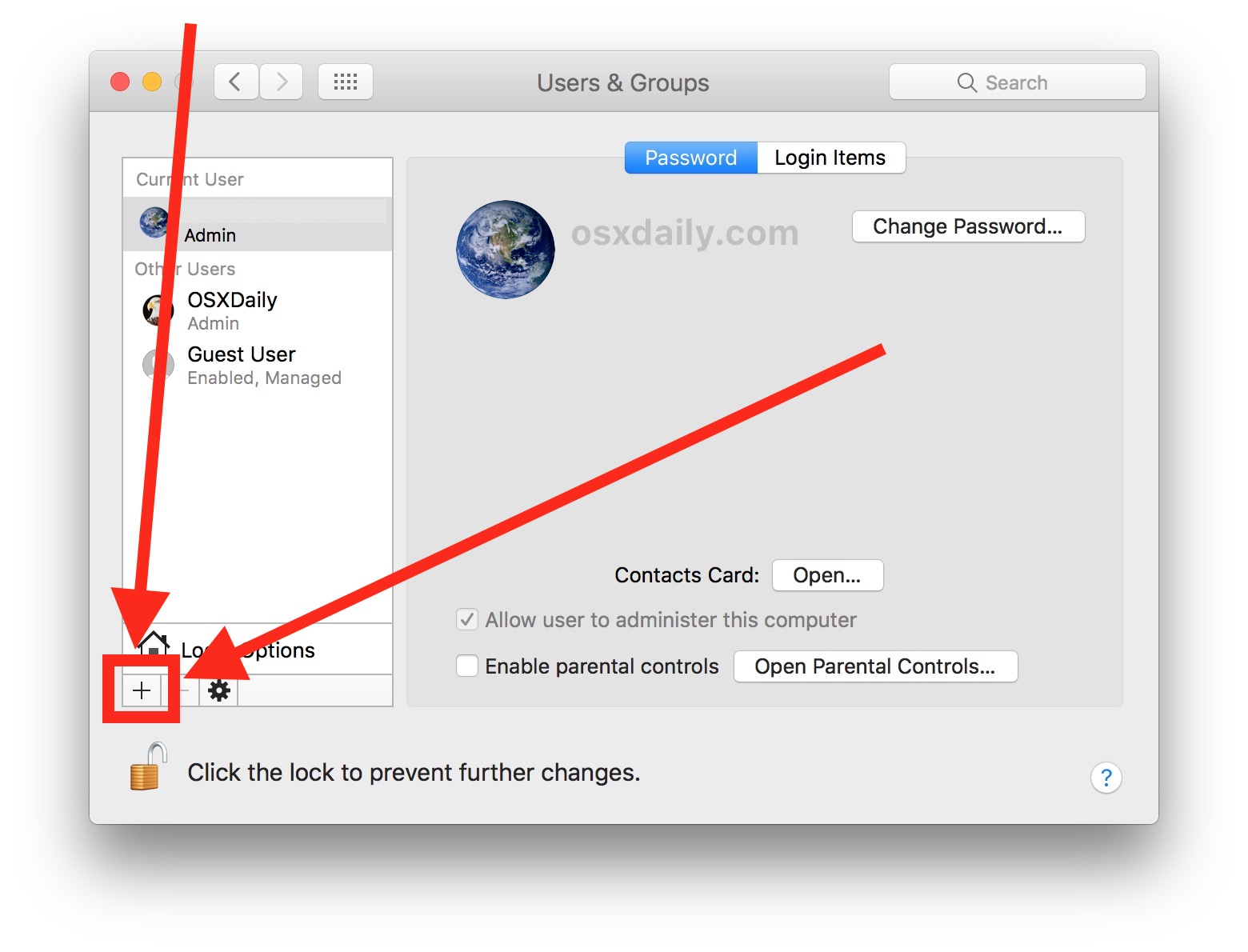If you’re not logged in as an administrator, you can do so by entering the following command, where adminUsername is the name of an administrator user: % su adminUsername You’re asked to enter the password for adminUsername, after which a new shell is opened for that user run as admin since all apps run as admin when programmed to do so Run as administrator using “Ctrl + Shift + Click” on its Start Menu shortcut or tile

3 Ways to Open Applications With Root Privileges on a Mac
Run as administrator using “Ctrl + Shift + Click” on its Start Menu shortcut or tile If you’re not logged in as an administrator, you can do so by entering the following command, where adminUsername is the name of an administrator user: % su adminUsername You’re asked to enter the password for adminUsername, after which a new shell is opened for that user Hold down both the Ctrl and the Shift keys on your keyboard and then click or tap on that program’s shortcut.

KB2592 How do I grant a user administrator privileges in Mac OS X?

KB2592 How do I grant a user administrator privileges in Mac OS X?

4 Ways to Make Your Program Always Run as Administrator | Password Recovery

How to Create a New Administrator Account on Mac OS | OSXDaily
What macOS does differently than windows is sandbox details and some files being immutable / read only / protected. If you’re not logged in as an administrator, you can do so by entering the following command, where adminUsername is the name of an administrator user: % su adminUsername You’re asked to enter the password for adminUsername, after which a new shell is opened for that user Open the Start Menu and locate the shortcut of the program you want to launch as administrator

Run a Command as Administrator from the Run Box in Windows 7, 8, or 10
What macOS does differently than windows is sandbox details and some files being immutable / read only / protected. Open the Start Menu and locate the shortcut of the program you want to launch as administrator If a command requires it, you can use su to switch to the root user.

How to Run GUI Apps as root in Mac OS X | OSXDaily
Hold down both the Ctrl and the Shift keys on your keyboard and then click or tap on that program’s shortcut. If you’re not logged in as an administrator, you can do so by entering the following command, where adminUsername is the name of an administrator user: % su adminUsername You’re asked to enter the password for adminUsername, after which a new shell is opened for that user Hold down both the Ctrl and the Shift keys on your keyboard and then click or tap on that program’s shortcut.

Safe Exam Browser - macOS User Manual
What macOS does differently than windows is sandbox details and some files being immutable / read only / protected. run as admin since all apps run as admin when programmed to do so Run as administrator using “Ctrl + Shift + Click” on its Start Menu shortcut or tile

MacType Untuk Windows 10: Jadikan Font Windows 10 Terlihat Seperti Mac OS - Howpedia

Run Programs as Administrator with Full Rights in Windows